How Not to Be Sour About Coffee Acidity
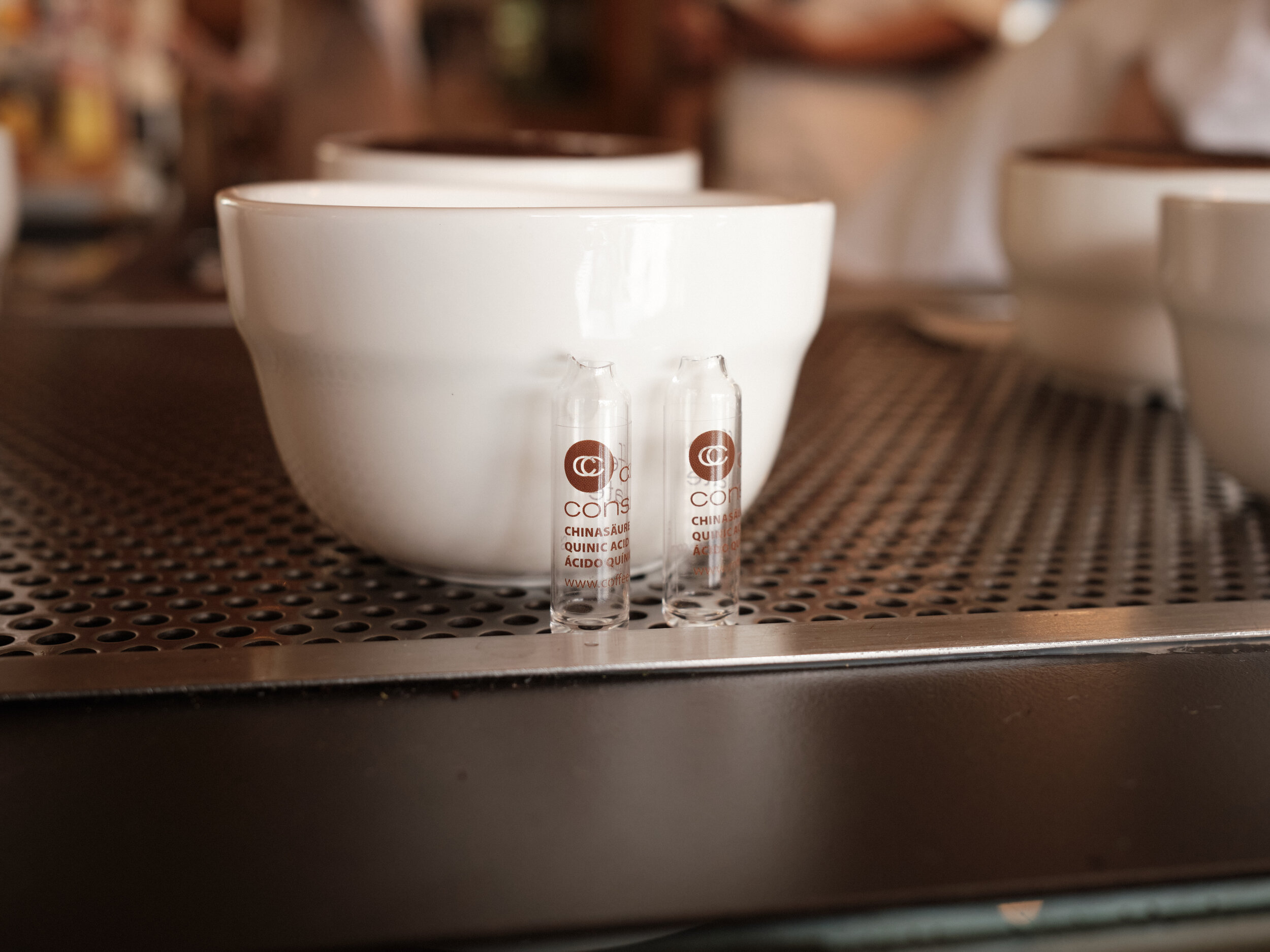


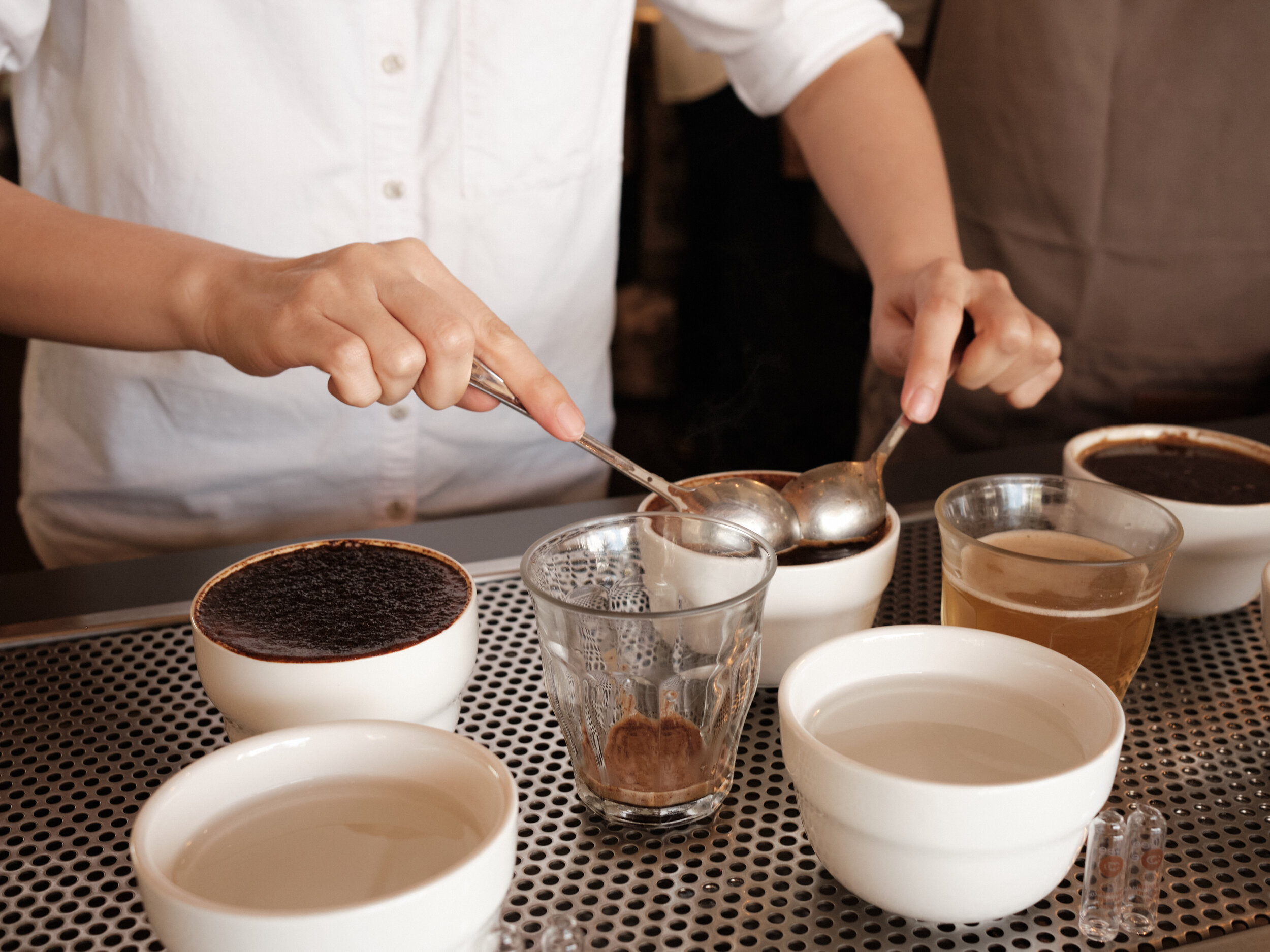


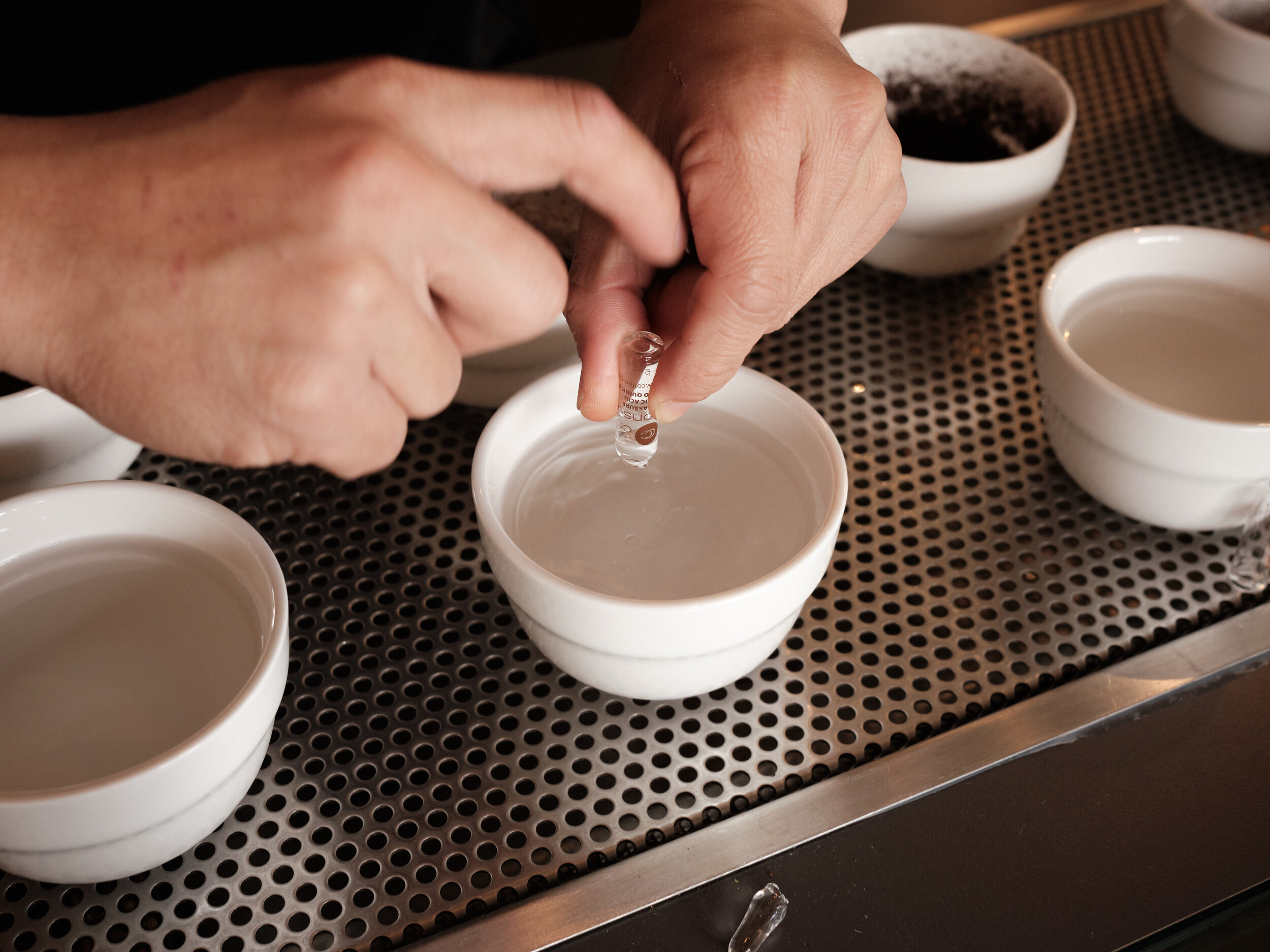
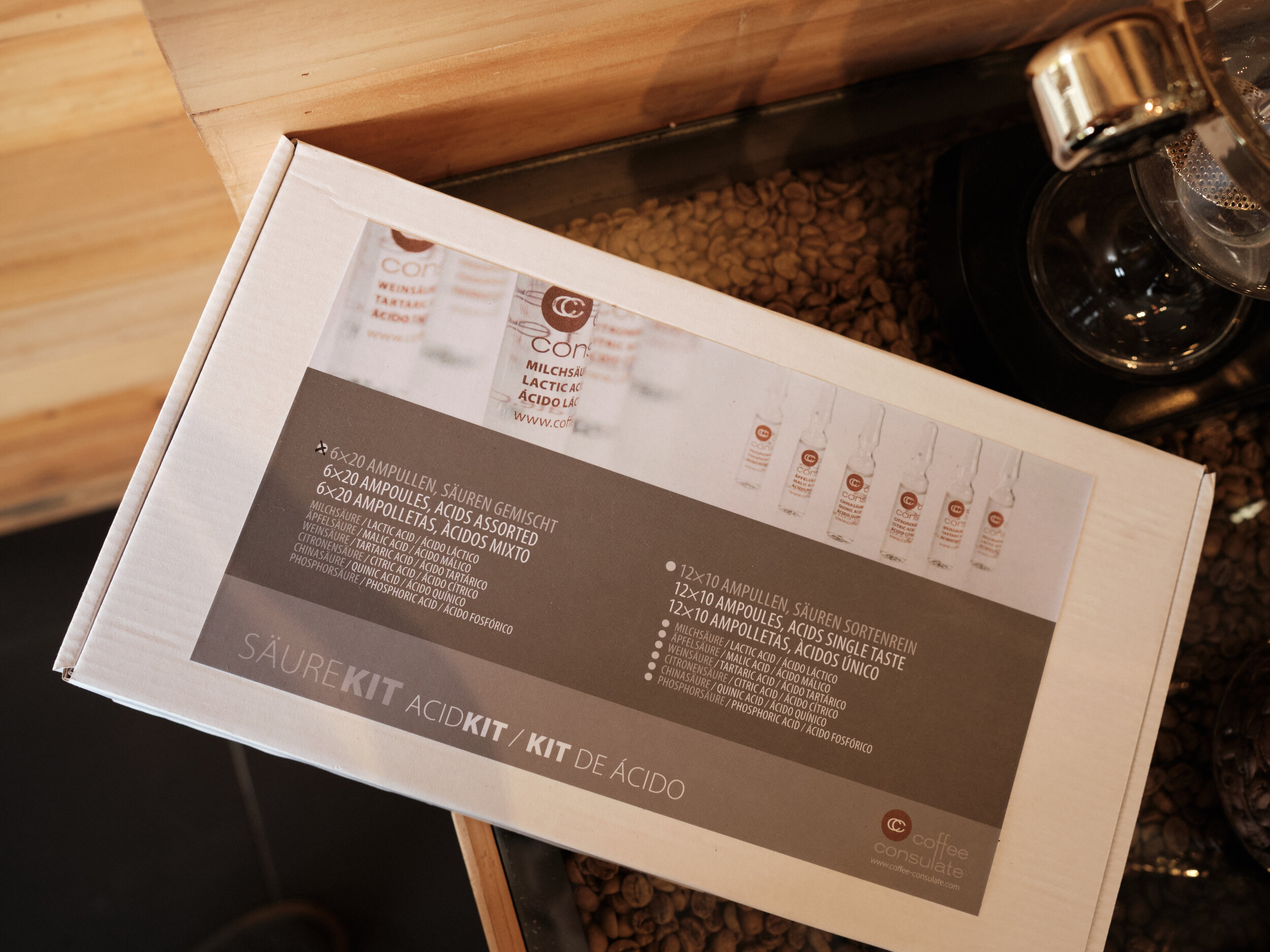
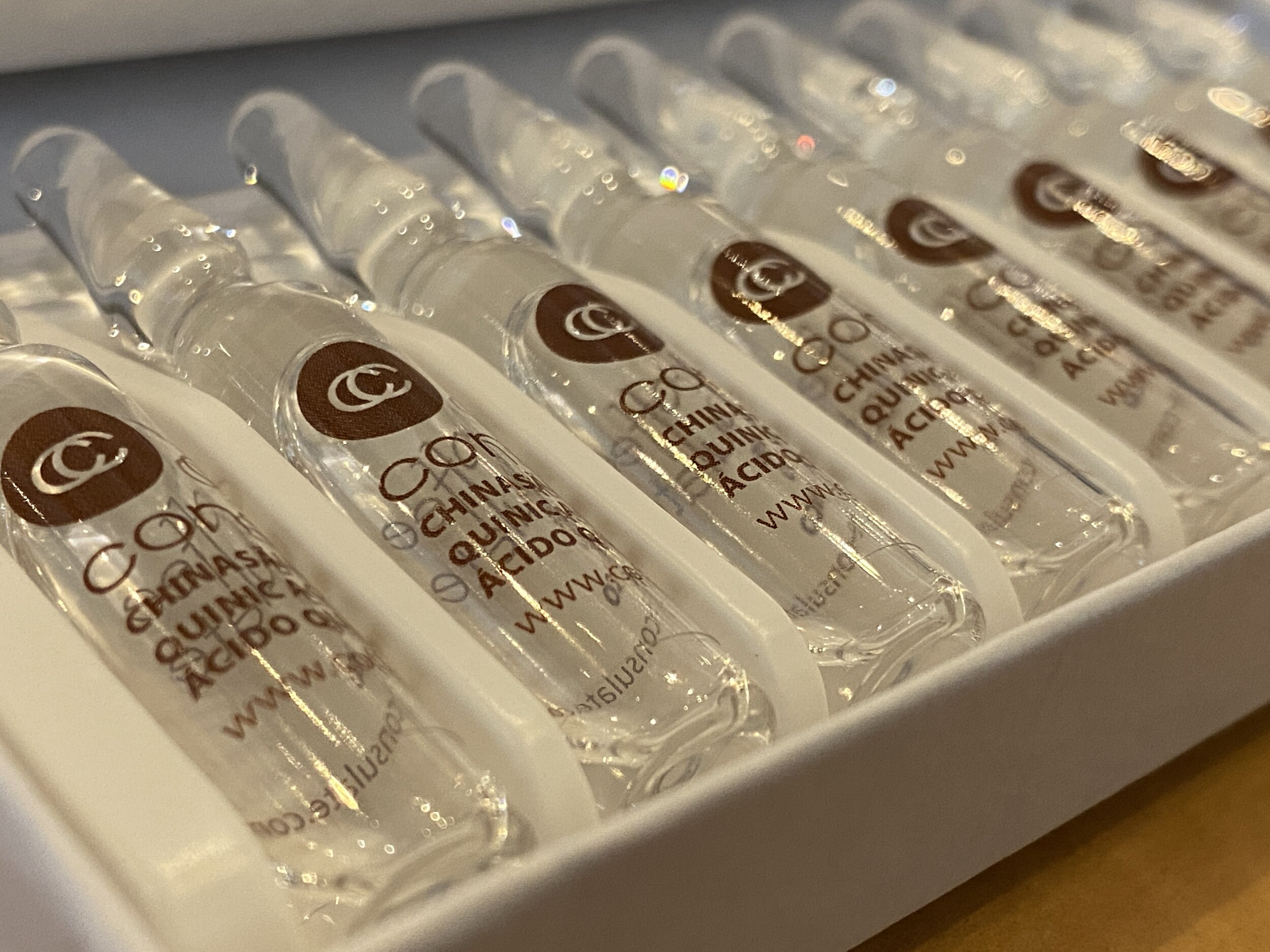
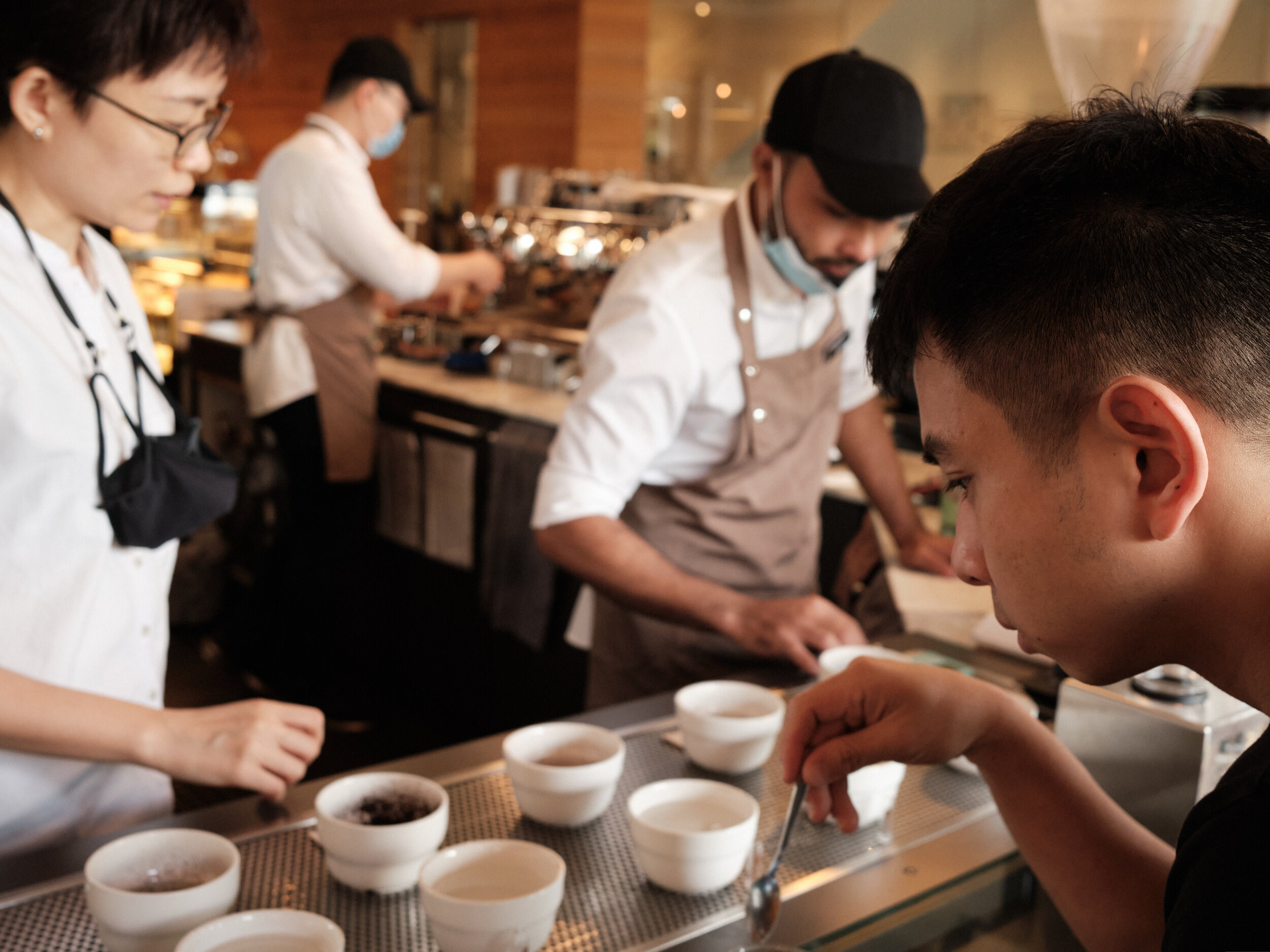



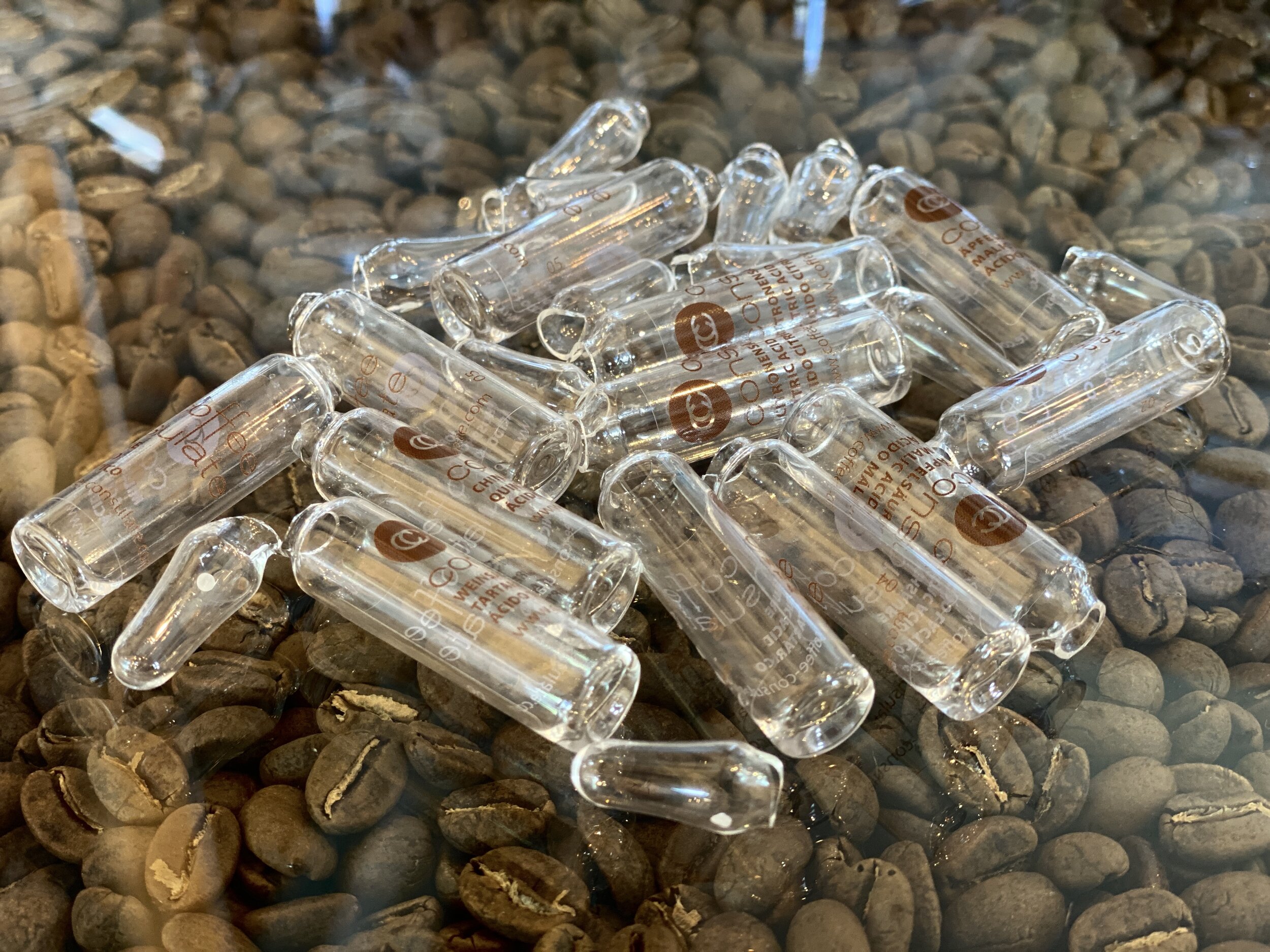

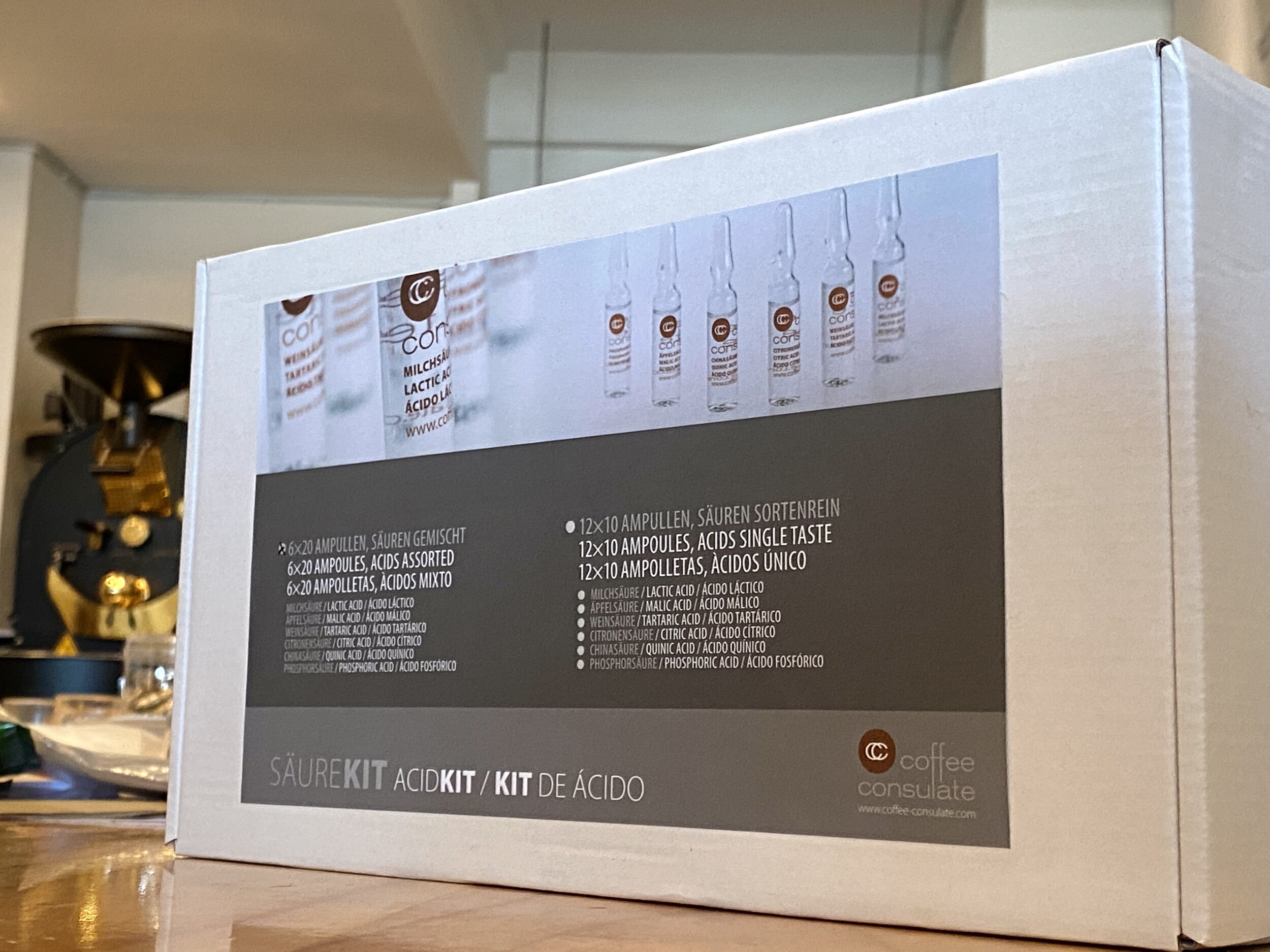
Acidity in coffee is a difficult topic to discuss with many local coffee drinkers from our region (Southeast Asia) who dismiss the idea of having the slightest sourness in their coffee. It’s often a hurdle to tell people about the different intensities of coffee acidity, not to mention its qualitative variables. However, if you’re a coffee professional, coffee acidity is something you must get to know, despite your preferences.
When people ask, “Why must a good cup of coffee contain acidity?” I like to respond with my favourite analogy: Between a glass of sugar water and the same sugar water with a dash of lemon juice, which one tastes livelier? I believe most would choose the latter. So back to a cup of coffee with only bittersweet properties, it could be easy to drink, but just like bland sugar water, it doesn’t brighten our taste buds and lacks complexity.
I like to think of acidity as the light that makes the coffee come alive by nudging our senses awake; different acids can contribute to coffee acidity. We can usually perceive citric acid, malic acid, quinic acid, lactic acid, and tartaric acid. Theoretically speaking, a good barista should be able to tell all of them apart. When assessed in the cup by baristas, coffee acidity is chemically more stable. Coffee roasters, on the other hand, must deal with transformative and intangible coffee acidity during roasting.
Roasters also need to consider the difference between the innate and acquired acidity of a coffee—the latter is produced during roasting and is still volatile after roasting—when planning a roast.
Sometimes too much acidity can numb your senses, and you may even taste illusional bitterness and saltiness. It doesn’t sound too pleasant now, does it?
Since acidity is inevitable, it would be wise to embrace it. A roaster who favours acidity in coffee must know how to bring out and balance various types of acidity during roasting. A roaster who dislikes acidity may need to figure out how to suppress it without sacrificing other delicate flavours in the coffee.
What kind of acidity one should expect from a coffee, and how much? Just like the creative process of an artist, different flavours and their ratios can be expressed according to one’s liking. There is no best ratio of a flavour that is deemed objectively balanced.
But one thing is for sure, fine acidity is most likely to be found in a coffee that is clean, sweet, and well-balanced in overall quality. Therefore, a coffee expert needs to understand coffee acidity to evaluate a coffee.
What would be an efficient way to learn to differentiate and understand the various types of coffee acidity? I highly recommend the new AcidKit from Coffee Consulate. It can help us identify the subtle but unique qualities of citric acid, malic acid, quinic acid, lactic acid, and tartaric acid (acetic acid can be found in vinegar).
AcidKit can be the perfect sharpener for your or your team’s taste buds. If you would like to experience it for yourself, you can find the AcidKit from your local Coffee Consulate dealer, or order directly from their website.
